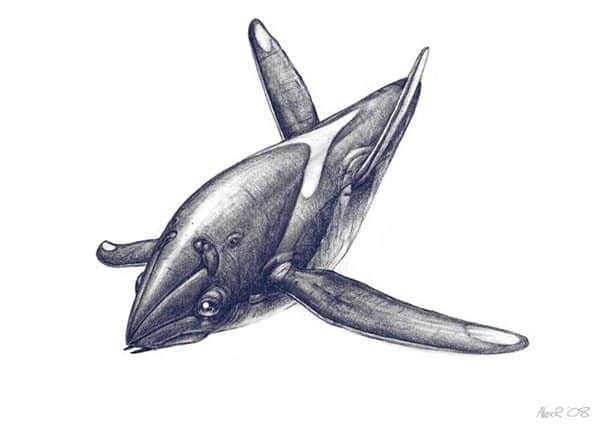The team of scientists determined that in both cases, “a thin, gassy atmosphere could surround the planet”, a crucial factor when considering the habitability index of an exoplanet. Although far from being definitive, what information we have about Proxima b seems to suggest the planet as a potential candidate for harboring alien life forms. If covered by a planetary ocean, the flora and fauna would most certainly be aquatic and would undoubtedly take on eerie forms.

Like on Earth, most life would be microscopic, because the food chain has to start small. Imagine things like the tardigrade, but more alien and a whole bunch of them. Diversity is directly dependent on environmental conditions, so an extraterrestrial environment would determine the existence of a myriad of living things unlike anything we’ve seen.
On an alien planet where the ocean floor is over 100 miles below you, there is a lot of room but most activity would be restricted to the upper layer, where plant life would flourish under the star’s gentle red glow. A wide rage of filter-feeders would roam the epipelagic layer with a whole suite of predators following closely behind.

Basically this
Followed by this


Or this.
Most of the planetary ocean of Proxima b would be pitch-black, since light would only penetrate its surface. As a matter of fact, water preferentially absorbs red light, so the sunlight emitted by Proxima Centauri would only penetrate the ocean’s top 15 feet or so. As a result, bioluminescence would run rampant.
On Earth, there are certain animals that emit light as a result of a partnership with glowing bacteria. They do so to camouflage themselves or escape predators, or to attract prey and potential mates. It would be reasonable to assume the same principles would apply to the aquatic aliens swimming around in the ocean covering our nearest exoplanet. If anything, they should be more diverse both in form and function. Picture ethereal, jellyfish-type creatures delicately floating through the dark abyss, sporadically flaring up in a dazzling display dedicated to the colors of life.

Given enough time, this creature could evolve into this:

And go into direct competition for resources with these guys:

But that’s only if we believe intelligence must evolve into a humanoid shape, which it doesn’t. For all we know, the most intelligent creature on Proxima b could be a translucent blob or a ghostly fish.

*gasp! By the way, this is the deep-sea hatchetfish. This lives on Earth and looks more alien than E.T.
On a planet covered in nothing but ocean, it would be extremely difficult for an intelligent species to discover fire and advance to any significant technological level. No fire means no metallurgy and no advanced chemistry. On an aquatic planet, it would be nearly impossible for any sentient aliens to advance beyond their version of the Stone Age. But we’ve just had speculation for dinner and we have no room for a reality sandwich.
So sit back, relax, and give the video below a play while you daydream about the underwater aliens of Proxima b.
http://[arve%20url=https://youtu.be/UYkG4OMuF7M%20align=center%5D










